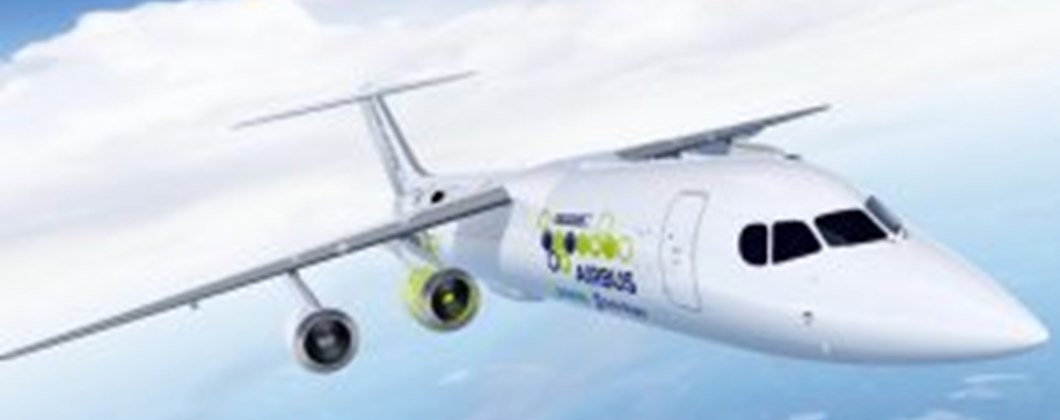The race to develop greener commercial electric planes is underway

Who will be first to the top?
Following increasing pressure from the EU to cut down on the pollution caused by commercial aviation, a race to release the first commercial electric aircraft has begun; Airbus has teamed up with Siemens and Rolls-Royce, whilst easyJet has partnered with California’s Wright Electric, both hoping to deliver first.
image provided by www.airbus.com
Professionals in the industry have generally concluded that the likelihood of electric-only short haul flights becoming a reality in the next decade is possible, however, these would only be planes holding up to 20 passengers. Currently, the electric energy storage capacity on aircrafts is not sufficient to carry a plane and 100 passengers or more for any real length of time; that is why both competitors are focussing their attention on developing the electric storage capabilities of their aircrafts.
This has caused the airlines involved to consider what the future of their fleet will look like if electric technology does come to fruition; would smaller aircrafts for short haul flights become more commonplace? The viability of smaller commercial electric aircraft could also pave the way to autonomous planes and a dramatic drop in maintenance and flight costs, creating viable alternatives to rail travel.
Engineers in the Airbus, Rolls-Royce and Siemens faction have already begun work on the E-Fan X (pictured), an electric-hybrid short-haul passenger jet which could be in the air as early as 2020. The idea is to replace one, and then later two, of the planes gas turbines with electric units powered by an on board generator. Rolls-Royce chief technology officer said: “Aviation has been the last frontier in the electrification of transport, and slow to catch up. This will be a new era of aviation.”
If they succeed, the benefits are appealing; not only will the cost of flights come down, electric motors are said to be quieter, easier to control and much cleaner for the atmosphere. However, there are numerous obstacles still to overcome; accommodating the added weight of a two-ton battery, how much energy this battery can carry and transmitting that power efficiently are all problems that still need to be solved before electric flights become a reality.
